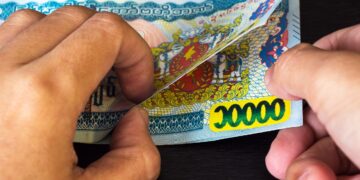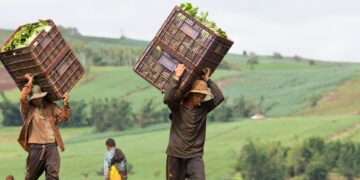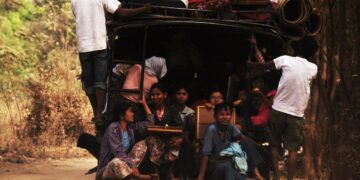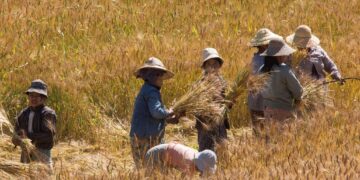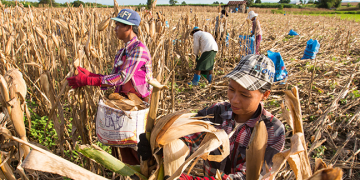Remittances have emerged as an important source of income for households in post-coup Myanmar.
This section includes assessments on the vulnerability, livelihoods, and welfare of households in Myanmar based on the Myanmar Household Welfare Survey (MHWS). MHWS is a nationally and sub-nationally representative phone survey, conducted every 3-4 months on approximately 12,100 households. Assessments in this section will examine the security, climatic, health, service, and economic shocks that Myanmar households face; the coping strategies households’ employ to meet their daily needs; analyze changes in income poverty for Myanmar’s household; and explores the association of shocks and household characteristics with income loss and income poverty.
Those Who Leave and Those Who Stay: Individual Migration in Myanmar During a Time of Crisis
The most common difficulties migrants faced include coming up with the money for migration, followed by travel restrictions, checkpoints, or roadblocks.
Household Migration During a Time of Crisis: Patterns and Outcomes in Myanmar
Employment was the primary driver of household migration.
Monitoring the Agri-food System in Myanmar: The rising costs of diets and declining purchasing power of casual wage laborers
From Dec 2021-Nov 2023, the cost of the healthy diet rose by 93 percent and the common diet by 103 percent.
Monitoring the Agri-food System in Myanmar: The Rising Costs of Diets and Declining Purchasing Power of Casual Wage Laborers: June 2020–August 2023
We assess changes in food prices and purchasing power of casual wage laborers based on largescale surveys of food vendors (fielded from June 2020 until August 2023) and households (fielded in 5 periods in 2022 and 2023) in rural and urban areas and in all state/regions of Myanmar. Key Findings: Over the full period (June […]
- « Previous Page
- 1
- 2
- 3
- 4
- …
- 7
- Next Page »
